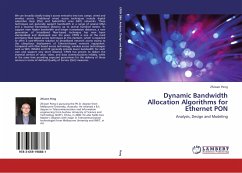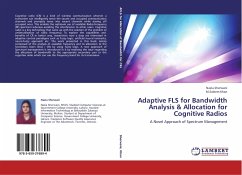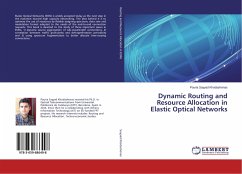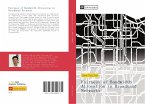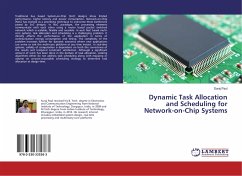We can broadly classify today s access networks into two camps: wired and wireless access. Traditional wired access techniques include digital subscriber loop (DSL) and hybrid-fiber coax (HFC) networks. These techniques can generally support bandwidth in a range of several Mb/s and a maximal transmission distance up to several hundred meters. To support even higher bandwidth and longer transmission distances, a new generation of broadband fiber-based technique has now been standardized and developed over the years. EPON is one of the most promising fiber-based access techniques at this moment, which is expected to offer a cost-effective solution to broadband network access owing to the ubiquitous deployment of Ethernet-based network equipment. Compared with fiber-based access technology, wireless access technologies such as WiFi, WiMAX and LTE generally provide lower bandwidth for each user and support very short distance. EPON has proven to deliver the essential services of voice, video, and data communications reliably, while at the same time providing expected guarantees for the delivery of those services in terms of defined Quality of Service (QoS) measures.
Bitte wählen Sie Ihr Anliegen aus.
Rechnungen
Retourenschein anfordern
Bestellstatus
Storno

